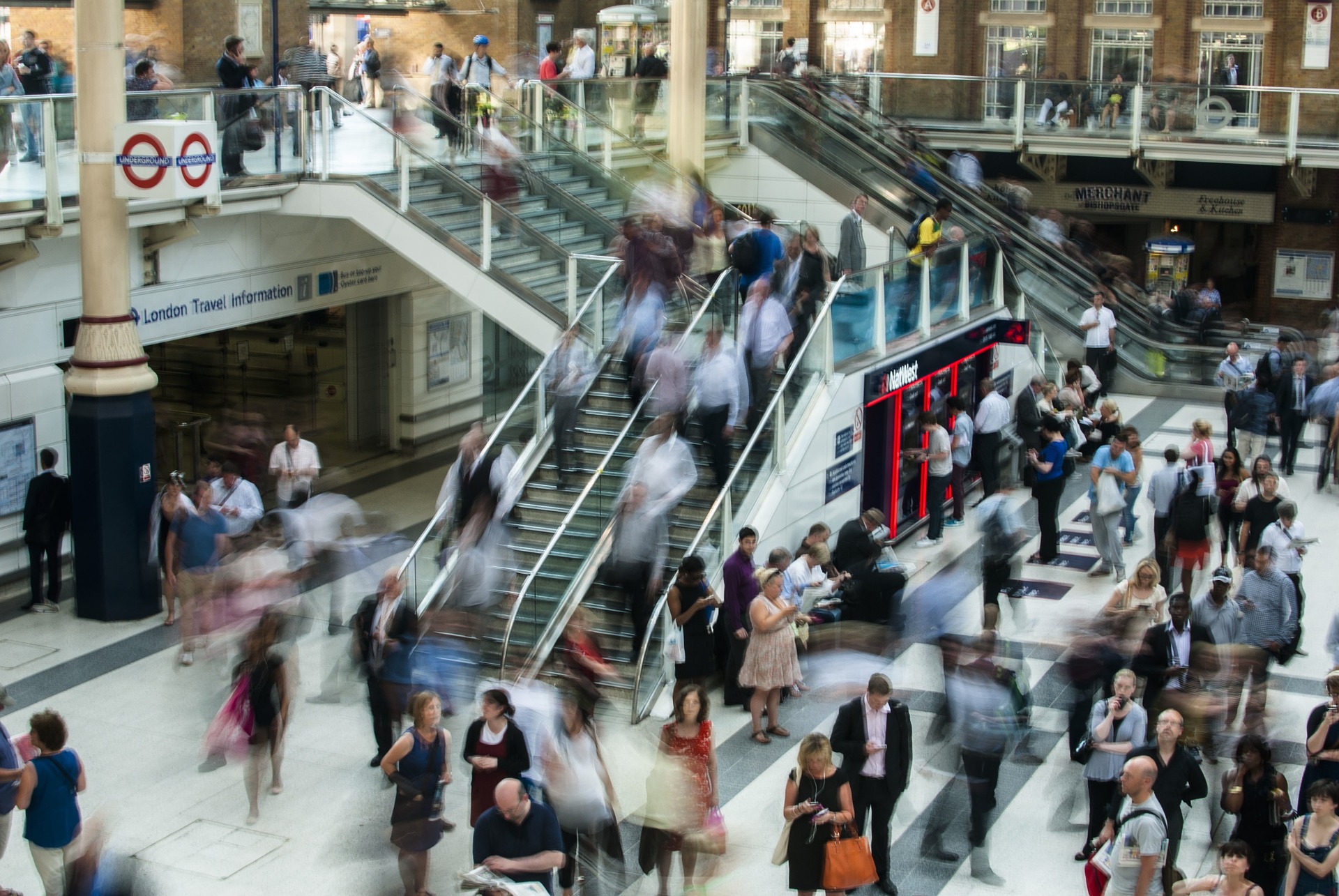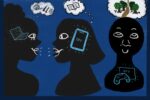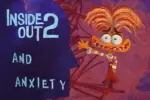I’m standing in a large crowd full of strangers and, maybe, a few people that I know. The room is full of voices and laughter. No one is wearing masks, and as I cautiously move to touch my own face, I realize that neither am I. I’ll struggle through a brief moment of panic, wondering how and why I ended up in a public place that is somehow devoid of concern amid a pandemic, until I wake up and realize, it was all just a dream.
As someone who doesn’t usually remember my dreams, waking up from oddly specific and bizarre pandemic-related dreams seems to replicate a new form of stress that 2020 has become saturated with.
I am not the only one with a new collection of coronavirus dreams. On internet forums such as Reddit, people have been discussing the strange and vivid dreams they have experienced during the pandemic. Thread after thread consists of users empathizing with one another over anxiety and the way the pandemic has impacted their lives.
My roommate Luke told me a similar story of a dream that he had. In Luke’s dream, he and his friends were going out to a club, despite his concerns. No one was wearing masks, and Luke didn’t know what to do.
This morning, my sister texted me about a dream she had in which we were wandering around a deserted downtown Tucson. We walked to an art gallery where we found a fountain connected to a chute where bodies of victims of the pandemic came out.
As coronavirus cases spread throughout the world, author and psychologist Deirdre Barrett created an online survey to measure the way in which the pandemic has influenced the collective subject matter of dreams. Barrett received thousands of responses that revealed a multitude of coronavirus-themed dreams, ranging from fear of infection, anxieties over social distancing and forgetting to take part in preventative measures.
In an interview with the “Harvard Gazette,” Barrett stated, “Early on, I saw an awful lot of dreams that seemed to be sort of practicing mask-wearing or social distancing. In about half of them, the dreamer would be out in public and realize they didn’t have their mask and panic or realize they had gotten too close to someone. In the other half, they would be doing what they were supposed to, and other people would not have their masks on or be crowding in the dream or be coughing on the dreamer … As you’re learning a new skill, you often kind of dream about what you’re trying to learn.” He noticed through his study that these anxiety dreams were less based in the fear of getting the virus or becoming sick, and more on the culture changes that have come from quarantines and the pandemic.
A change in dream patterns in response to a widespread trauma is not a new phenomenon, either. According to a small study done after the terrorist attacks on September 11, 2001, there was a “significant increase in the central dream intensity,” otherwise known as the emotional concentration of the dream overall. The reasoning behind this was attributed to an “increased emotional arousal after the trauma.” Barrett has also done similar research, specifically analyzing the dreams of trauma survivors, ranging from the first responders of 9/11 to prisoners of war. Barrett found that processing trauma tends to cause dreams to either re-enact the event, or to symbolically reference the trauma.
Globally, at least five research teams are conducting research pertaining to dream patterns during the coronavirus pandemic. Through a variety of samples, it has become apparent that pandemic dreams are fueled by a combination of anxiety, isolation, physical activity shifts and an overall change in sleep patterns.
Patrick McNamara, a professor of neurology at Boston University School of Medicine, compares the production of dreams to the neurological reaction that occurs when one takes psychedelic drugs. Psychedelics trigger the release of serotonin 5-HT2A, ultimately causing a state called “emotional disinhibition,” in which the consciousness experiences a surge of emotions. Similarly, this is what occurs during the rapid eye movement stage of sleep, otherwise known as REM, the state in which most people dream.
While adults experience around five cycles of REM sleep per night, not every dream will be remembered once woken up. As the coronavirus pandemic has infiltrated each and every aspect of our lives, it makes sense that our experiences with sleep have also shifted. As both collective anxiety and a decrease of activity become more prevalent, people may find themselves sleeping restlessly and even waking up multiple times throughout the night — habits otherwise known as parasomnias.
Interestingly enough, parasomnias are linked to the likelihood of remembering one’s dream. As quarantine has turned the art of a routine upside down, sleep habits have witnessed their own transformation. As some may find themselves sleeping more, they experience a longer dream time, resulting in more vivid dreams. However, if one is sleeping for shorter periods of time and waking frequently during the REM cycle, they are more likely to remember their dreams.
A study done in France by the Lyon Neuroscience Research Center found that since March, 35% of participants experienced an increase in the amount of dreams that were recalled. Similarly, participants also reported an increase in negative dreams by 15%.
The research collected by Barrett, McNamara and other scientists have worked to connect dreams to the phenomenological occurrences that happen over time. As nightmares are a common occurrence after traumatic events, they can be indicative of post-traumatic stress disorder. But, according to Barrett, there is a critical difference between trauma-induced anxiety dreams and nightmares.
Normal dreams and nightmares happen during REM, yet traumatic nightmares happen throughout all stages of sleep, which Barrett claims is very unusual. This may be due to memories of trauma that infiltrate one’s consciousness at any moment. While you can’t control what you dream about, Barrett has suggested that those struggling with these dreams should visualize what they would like to dream about before sleeping, a process otherwise known as dream programming. Along with dream programming, Yale Medicine providers also suggest establishing an active daytime routine with healthy meals, alongside a calming bedtime routine and avoiding alcohol before bed.
It goes without saying that the pandemic has caused an increase of emotional hardship, and moving beyond this year will be a difficult process. The world no longer looks the same, which forms a set of new anxieties to navigate. It has also become clear that the coronavirus has secured a place in our lives indefinitely, intensifying the need to cope with anxiety, trauma and fear. As an increase of coronavirus-related dreams points to a culture in shock, perhaps the conversation can be shifted toward a desire to maintain a collective mental well-being within our communities.
















